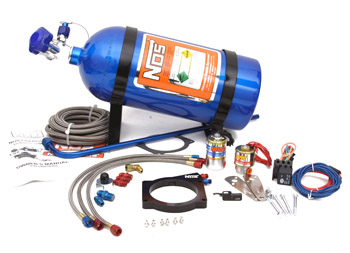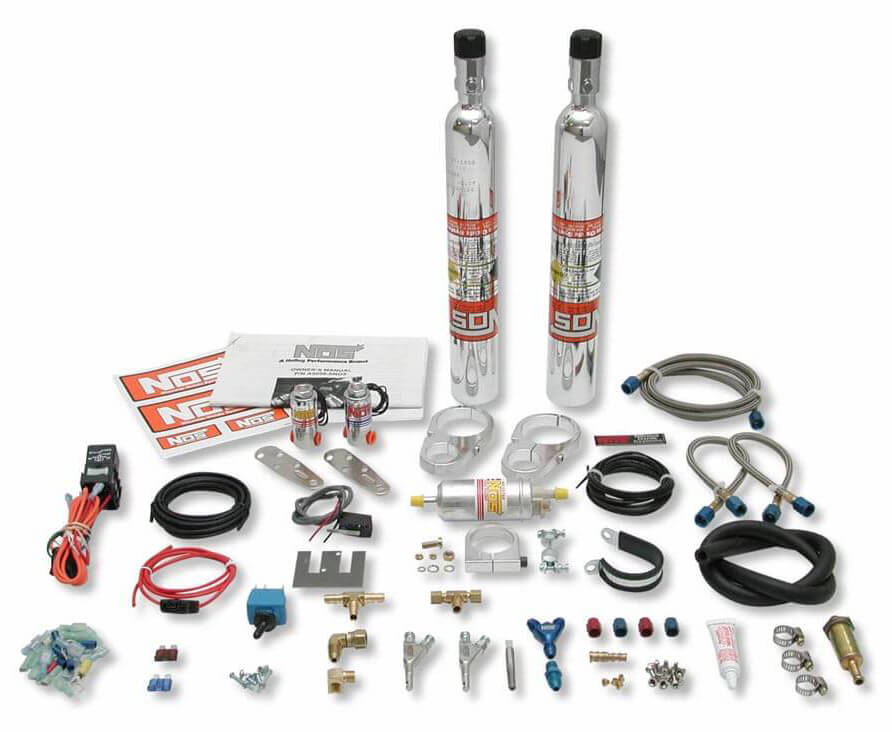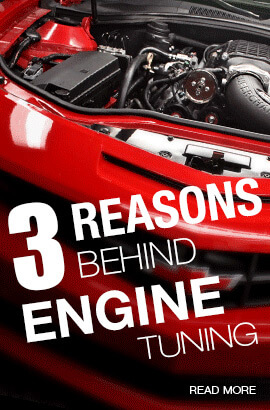We all know that combustion takes place by mixing air and fuel at the combustion chamber. An engine operates by burning fuel, which then pushes the pistons down. Want to make more horsepower? Burn more fuel so it will push the pistons down with more force. This is what we need for generating more power in an engine, but it will be impossible to generate this power without extra oxygen. From our chemistry and physics lessons, we all remember that we need oxygen in order to burn the fuel. Nitrous oxide systems available make additional horsepower by allowing an engine to burn more fuel than it could normally do.

This extra oxygen creates additional power by allowing more fuel to be burned. The power always comes from the fuel source. If you add only nitrous oxide and do not add additional fuel, that will not give extra power, you would just speed up the rate at which your engine is burning the fuel. This leads to destructive detonation. Again, the energy comes from the fuel, not from the nitrous. If the fuel isn't there, the power won't be either. Nitrous oxide simply allows you to burn a greater quantity of fuel in the same time period.
The nitrous oxide is normally a gas. For use in our cars, it is compressed at a high pressure (850-1100psi) in a nitrous bottle, in liquid form. From the bottle (typically in your trunk), a high-pressure hose (see image on the right) runs up to the engine bay. From there, an electrically controlled valve called a solenoid is used to release the nitrous into the engine when you request it. In wet systems, a fuel line (apart then nitrous line) is controlled by another solenoid, and releases fuel into the engine at the same time.

Unlike our atmosphere, nitrous is injected from a pressurized bottle. And when the pressurized nitrous leaves the bottle it changes from its liquid state to a gas when it's sprayed into the engine. Nitrous oxide boils at -88.5 degrees celcius and it will begin to boil as soon as it is injected, cause the temeprature in this area is much more than -88.5 degrees. During this process it absorbs heat and this process can cause a 40 degrees or so drop in inlet manifold air intake temperature. Now if we are dealing with say a 400 hp engine, we can see well over 30 hp gained from the cooling effect alone. This cooling effect also helps the engine deal with detonation.
Nitrous Oxide will not destroy your engine provided it has been fitted carefully and it is used correctly. People always sound astonished when you say "I'm using nitrous". They all assume your engine bonnet is going to pop off and your engine explode. This is because Nitrous was originally used as performance auto accessories by drag racers, Drag racers did not have a safe system and tended to use unsafe engine methods such as literally turning on the bottle to a direct pipe into the engine intake and in huge amounts creating additional gains of up to 1000Bhp. Although this obviously worked but it did incredible damage to the engine components such as clutch and piston rings where exposed to extreme heats can crack or even shatter. Using small amounts of nitrous oxide in small bursts will do the engine no harm providing it is only injected when the acceleration is at its maximum as this is when your engine is under least pressure. Injecting nitrous oxide into your system when the engine is at a lower throttle can create more pressure than the engine is capable of. This is why the micro switch is always used at set only to activate when the throttle is in the "wide open" position.



